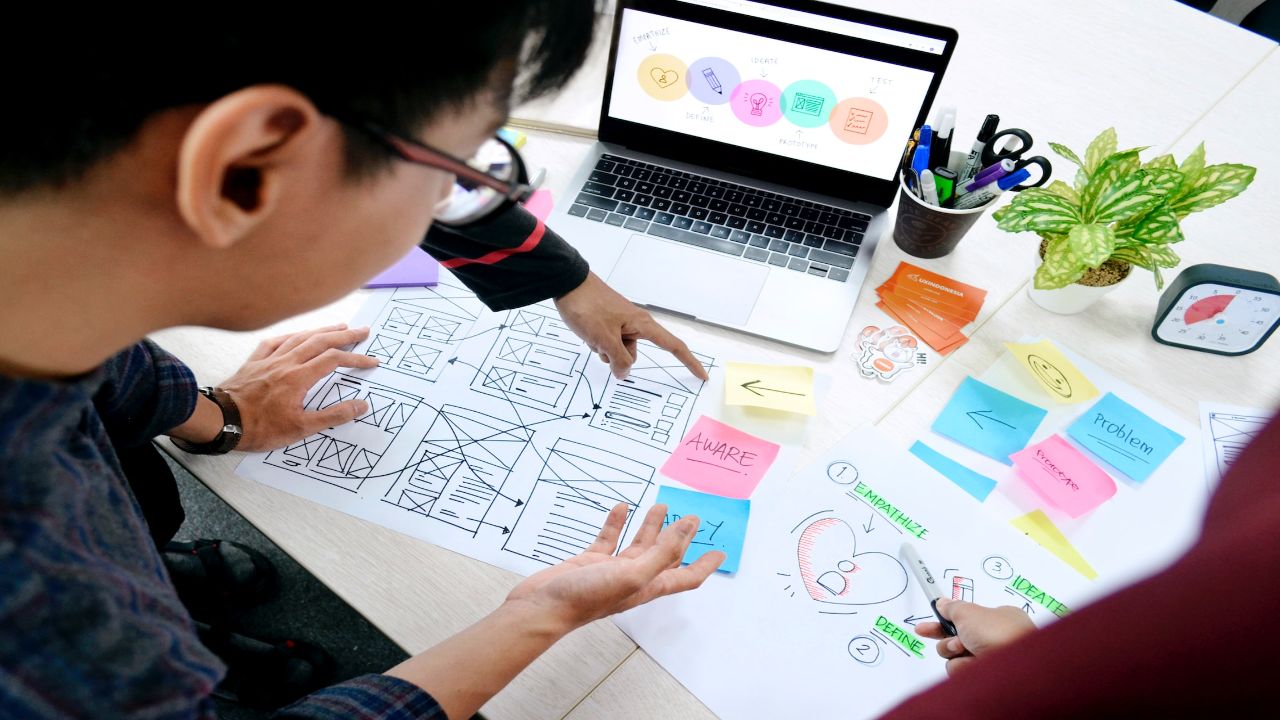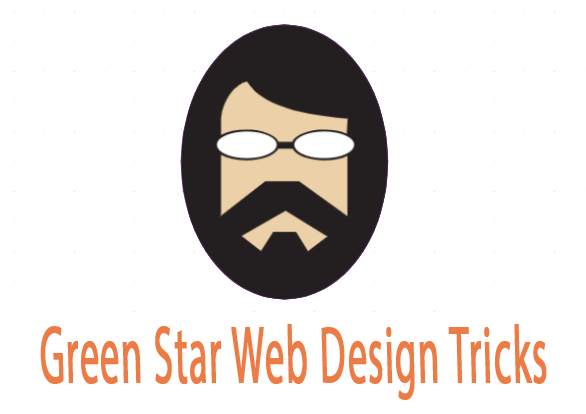In the dynamic world of design, staying ahead of the curve and becoming a top-notch designer requires a combination of technical skills, creativity, and a deep understanding of user experience. Whether you’re just starting your design journey or aiming to elevate your skills, here’s a comprehensive guide on what to learn to become a top designer.
You may need a tutor Hurstville to get started in the field successfully and obtain some basic knowledge to feel more comfortable and confident. Anyway, let’s delve into what else you need to become a great designer.
Mastering Design Software

Adobe Creative Suite
To navigate the design landscape, proficiency in industry-standard tools like Adobe Photoshop, Illustrator, and InDesign is non-negotiable. These software applications serve as the cornerstone for creating captivating visuals, illustrations, and print materials. Dedicate time to mastering each program to unleash your creativity and streamline your design process.
Sketch and Figma
In addition to Adobe’s suite, familiarity with modern design tools like Sketch and Figma is essential. These tools are widely used for interface and user experience (UI/UX) design, providing collaborative platforms for efficient team workflows. Stay updated on the latest features and techniques to maximize your effectiveness in the ever-evolving design industry.
Developing a Strong Design Foundation

Color Theory and Psychology
Understanding color theory goes beyond choosing aesthetically pleasing palettes; it involves comprehending the psychological impact of colors on human emotions and behavior. A top designer knows how to leverage color to evoke specific responses and enhance user engagement.
Typography Mastery
Typography is the art of arranging text in a visually appealing and readable manner. A top designer pays meticulous attention to fonts, spacing, and hierarchy to communicate effectively. Explore various typefaces, understand their nuances, and stay informed about typography trends to elevate your design compositions.
Grid Systems and Layouts
Learning about grid systems and layouts is crucial for achieving visual harmony and balance in your designs. A solid grasp of these fundamentals ensures that your creations are organized and visually cohesive, contributing to a seamless user experience.
Specialized Skills

User Experience (UX) Design
UX design focuses on enhancing the overall user experience by optimizing usability, accessibility, and functionality. Invest time in understanding user personas, conducting usability testing, and creating wireframes to craft designs that not only look good but also provide a superior user journey.
Motion Graphics and Animation
With the increasing prevalence of interactive and dynamic content, incorporating motion graphics and animation into your skill set is a wise move. Tools like After Effects and Principle can help you breathe life into your designs, creating engaging and immersive user experiences.
Responsive Design and Prototyping
In a digital age where users access content across various devices, mastering responsive design is imperative. Learn how to create designs that adapt seamlessly to different screen sizes. Additionally, proficiency in prototyping tools like InVision or Adobe XD allows you to test and refine your designs before final implementation.
Continuous Learning and Adaptation
Industry Trends and Emerging Technologies
To stay ahead as a top designer, you must remain attuned to industry trends and emerging technologies. Follow design blogs, attend conferences, and participate in online communities to stay informed about the latest developments. This proactive approach ensures that your skills remain relevant in a fast-paced and ever-changing design landscape.
Soft Skills: Communication and Collaboration
Becoming a top designer isn’t just about technical prowess; effective communication and collaboration are equally vital. Hone your interpersonal skills, be open to feedback, and learn to work seamlessly with cross-functional teams. The ability to articulate your design decisions and understand client or user needs is invaluable for a successful design career.
In conclusion, the journey to becoming a top designer involves a multifaceted approach. By mastering design software, understanding foundational principles, diversifying your skill set, and staying current with industry trends, you can position yourself as a creative force in the competitive world of design. Remember, the key to success lies not only in technical proficiency but also in the continuous pursuit of knowledge and the ability to adapt to the evolving demands of the design landscape.

